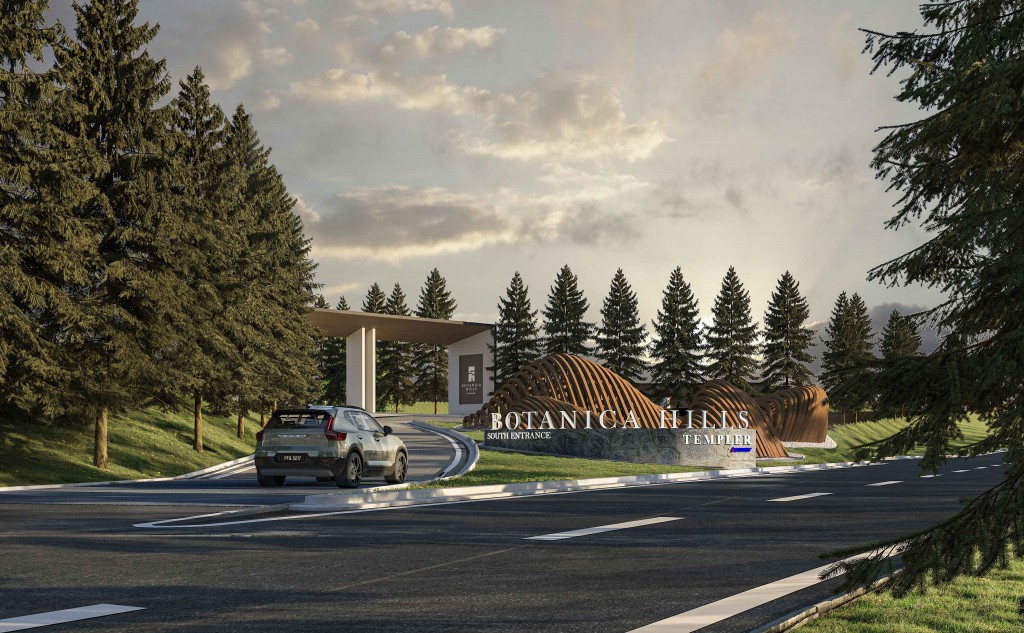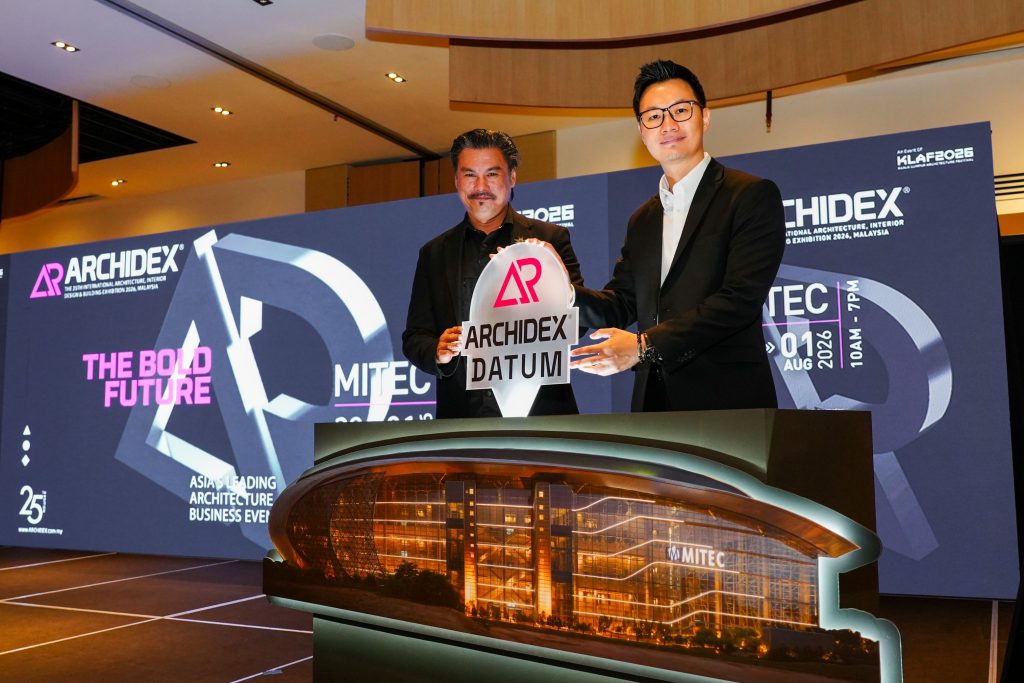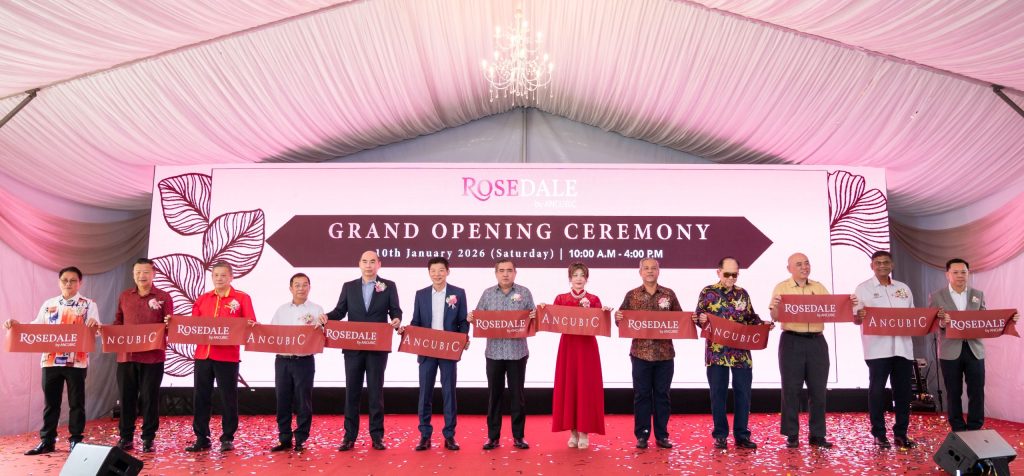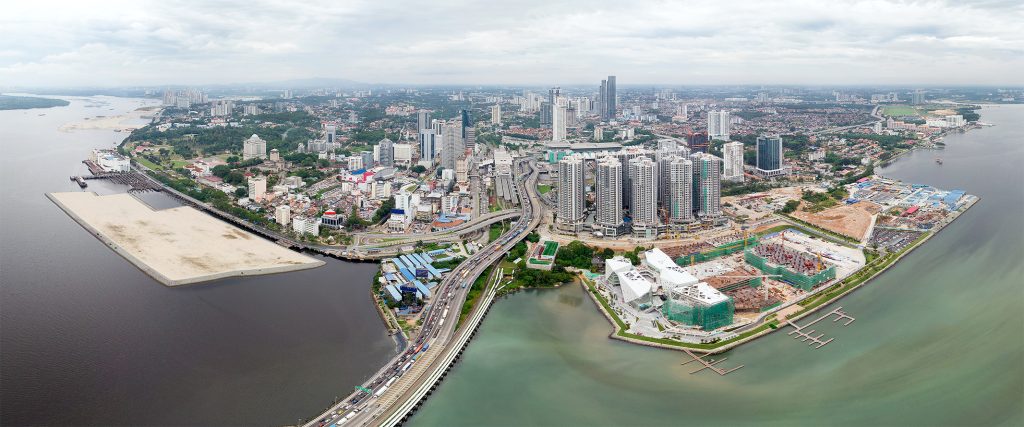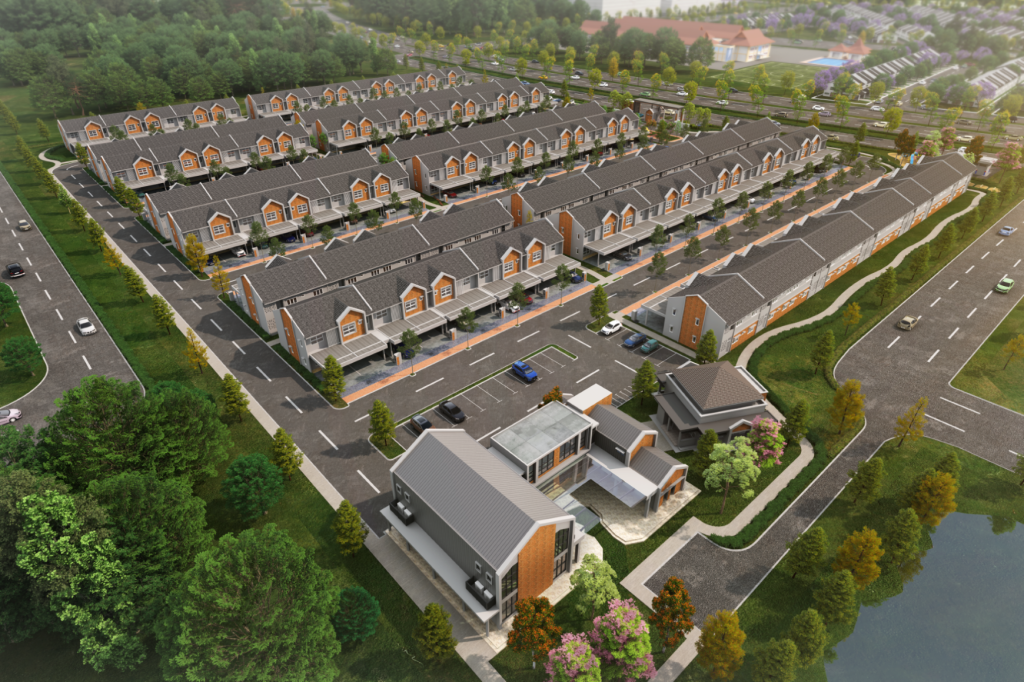By Joseph Wong
Zero waste refers to a philosophy and lifestyle that aims to minimise the amount of waste generated by individuals, businesses and society as a whole. The philosophy applies to the real estate industry as well as any industry that generates waste. The goal is based on the 5Rs, namely reduce, reuse, recycle, repair and rot to divert waste from landfills, incinerators, oceans or any other part of the environment.
The strategy is focused on waste prevention rather than managing waste at the end of its lifecycle. It adopts a holistic approach aiming for a significant transformation in how materials circulate within society, ultimately leading to the elimination of waste.
The linear model known as cradle-to-grave initiates with resource extraction proceeds through product manufacturing and culminates in disposal at a grave or landfill site. In stark contrast, the cradle-to-cradle approach entails the recycling of materials or products into new ones at the end of their lifespan, ultimately aiming for zero waste.
Cradle-to-cradle principles prioritise the design of industrial systems to facilitate closed-loop material cycles, minimising waste by enabling the recycling and reuse of waste products. Rather than solely addressing waste management after its generation, cradle-to-cradle tackles issues at their source, emphasising design considerations. This model, which prioritises sustainability and the well-being of future generations, marks a significant shift in industrial practices.
The transition from theory to practical application has propelled the cradle-to-cradle framework into the industrial sector, redefining perceptions of materials and their flows. Analogous to natural ecosystems where waste serves as nourishment for other organisms, cradle-to-cradle materials circulate within closed-loop cycles, contributing nutrients to either nature or industry.
A spike in construction waste
The global expansion of industrialisation has paralleled a substantial rise in waste production. According to the World Bank's 2012 report, urban populations generated 1.3 billion tons of municipal waste, a figure projected to reach 2.2 billion tons by 2025. These figures are based on the Global Solid Waste Management Market - Analysis and Forecast report but do not include construction and demolition waste which adds additional pressure on the environment. This surge in solid waste necessitates an increased reliance on landfills, particularly as urbanisation intensifies. Unfortunately, many of these landfills are situated near communities, predominantly those of low socioeconomic status with non-white populations. Research suggests that these areas are often chosen for waste disposal due to easier permit acquisition and lower community resistance. Moreover, within the past five years, over 400 hazardous waste facilities have faced formal enforcement actions for unspecified violations posing risks to human health.
In 2016, Malaysia produced about 25,600 tonnes of construction and demolition waste every day, amounting to about 9.3 billion tonnes annually. In 2018, the figure rose to 14.1 billion tonnes and in 2020, the figure was 15.4 billion tonnes, according to a report from GreenRE, a green building certification body formed by the Real Estate and Housing Developers’ Association (Rehda). Fast forward to today, Malaysia produces about 25 billion tonnes of solid waste, of which an estimated 40% is concrete. This huge jump is partially due to the fast-paced development occurring in this rapidly developing nation, particularly the construction and property industries.
The current issues and challenges of construction waste management stem from low market demand for recycled waste, the lack of waste segregation facilities, a lack of construction and demolition waste data, the increasing activities of illegal dumping and a lack of information and skill development of the proper construction waste flow.
It is undeniable that construction and demolition waste contribute significantly to environmental degradation, with effects ranging from increased energy consumption and solid waste generation to pollution, including sedimentation, soil erosion, and flash floods. Furthermore, construction and demolition activities exacerbate greenhouse gas emissions and lead to resource depletion across project phases from design to construction and operation.
Proliferation of illegal dumpsites
At present, Malaysia has 137 landfills, inclusive of 21 sanitary facilities designed to prevent leakage, while 174 have ceased operations. However, 126 non-sanitary sites are currently emitting methane gas and leachate into the environment without adequate treatment. Moreover, there exists a proliferation of illegal dumpsites for both domestic and hazardous waste, including e-waste and chemical waste. These challenges have been exacerbated by the influx of imported waste in recent years.
Critics argue that the Malaysian government's response to these issues is focused on addressing symptoms rather than the root causes, employing untested short-term and interim measures that fail to address the underlying problem, largely stemming from a pervasive single-use and throw-away culture. Notably, the government has seemingly rejected the Zero-Waste hierarchy, which advocates for a focus on the 5Rs mentioned earlier as a comprehensive solution to waste management.
While there are no easy fixes, the zero waste movement offers essential strategies to curb the ongoing proliferation of construction and demolition waste. These include:
- Reduce: Employ design techniques that minimise the need for excessive concrete use, such as using thinner slabs, smaller footings or alternative structural systems like steel or timber. Explore alternative materials with lower environmental impact, such as fly ash or slag, which can partially replace cement in concrete mixes. Also, consider using innovative materials like engineered wood or bamboo for certain applications. Implement precise construction practices to minimise overordering and waste during concrete placement. Utilise advanced technologies like Building Information Modeling (BIM) to optimise material quantities and minimise waste. And embrace prefabrication and modular construction techniques that allow for more efficient use of concrete by producing components off-site under controlled conditions, reducing material waste and onsite construction time.
- Reuse: Explore opportunities to reuse concrete elements from demolished structures in new construction projects. Conduct life cycle assessments to evaluate the environmental impact of different concrete mixes and construction methods. This helps in identifying opportunities for improvement and selecting more sustainable options.
- Recycle: Incorporate recycled concrete aggregates (RCA) into new concrete mixes, reducing the demand for virgin aggregates. Wood materials and scrap wood can be recycled into panel boards or wood pellets for example. Moreover, glass can be recycled endlessly with no loss in quality or purity.
- Repair: Regular inspection and maintenance programmes can identify areas of deterioration in concrete structures early on. Repairing these areas promptly can prevent further degradation, prolonging the lifespan of the structure. Instead of replacing entire concrete elements, targeted repairs can address specific areas of damage or deterioration, such as cracks or spalling. This approach minimises the amount of material needed and reduces waste generation. Patching techniques can be employed to repair minor defects in concrete surfaces, such as holes, chips, or surface cracks. By repairing these imperfections, the need for extensive replacements is reduced, saving materials and resources. In cases where reinforcement corrosion or deterioration occurs, repairing techniques such as cathodic protection or reinforcement replacement can be employed to extend the service life of concrete structures without resorting to complete replacement.
- Rot: Organic waste, such as food scraps and yard trimmings, can be composted to create nutrient-rich soil amendments for gardening and agriculture. Composting diverts organic waste from landfills, where it would otherwise produce methane, a potent greenhouse gas.
By implementing these strategies, construction projects can significantly reduce their reliance on concrete, thereby minimising construction waste and mitigating environmental impacts. Overall, the zero waste movement encourages mindful consumption and responsible waste management practices to minimise environmental impact and create a more sustainable future.
Stay ahead of the crowd and enjoy fresh insights on real estate, property development, and lifestyle trends when you subscribe to our newsletter and follow us on social media.





